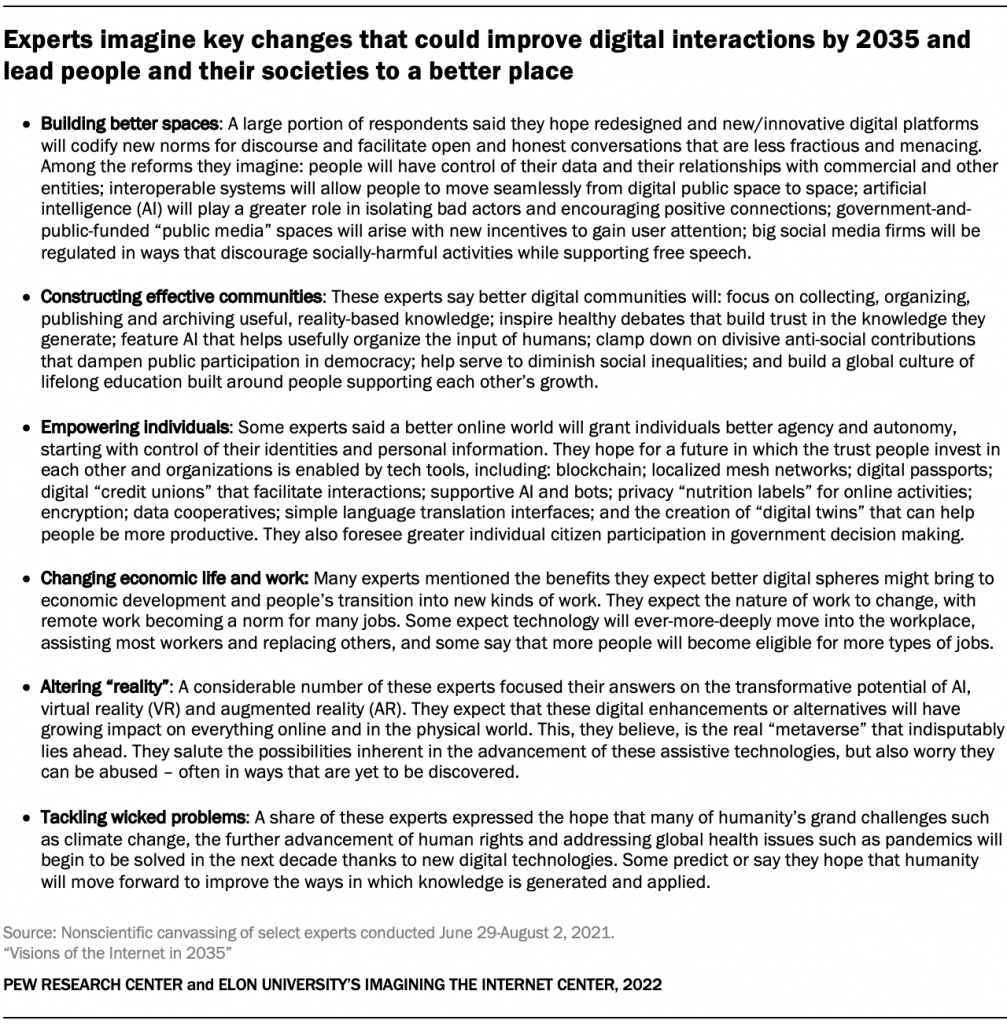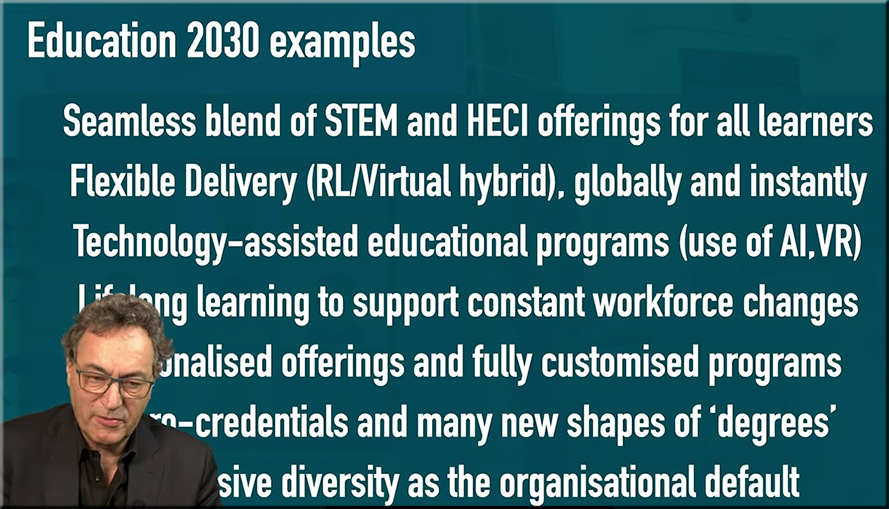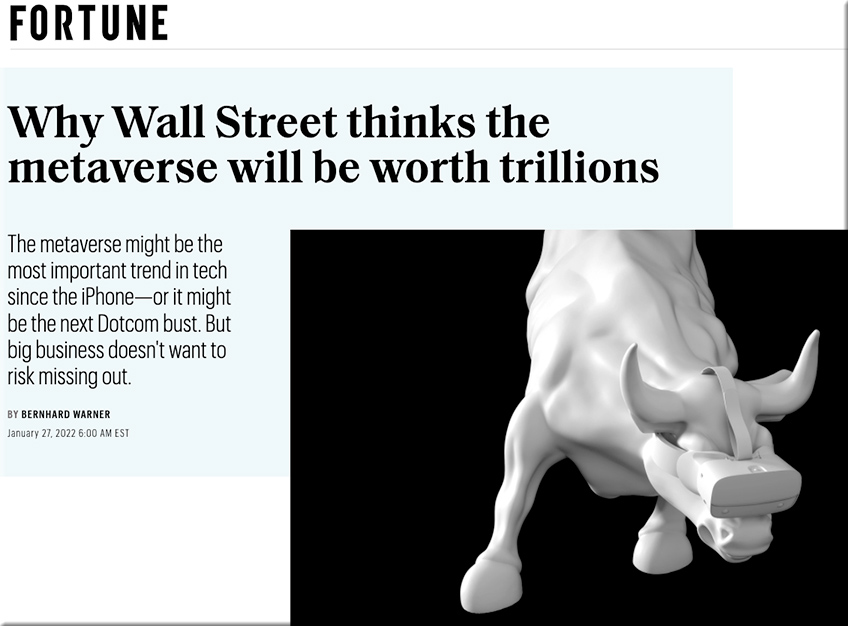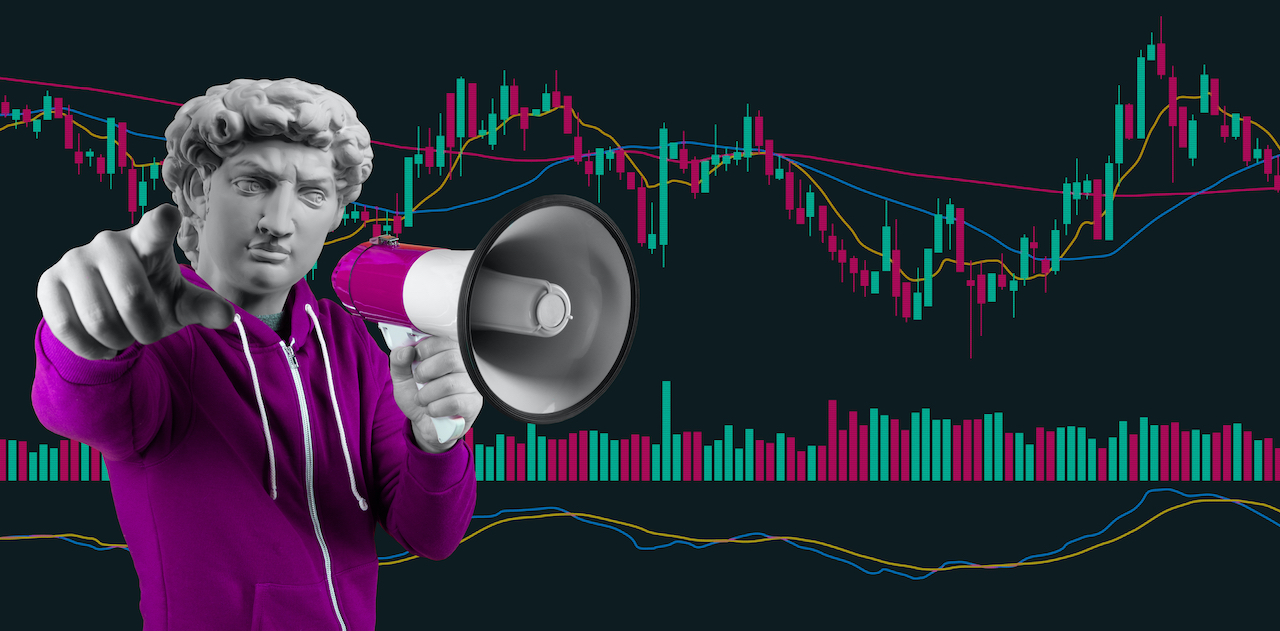Forbes Blockchain 50 2022 — from forbes.com; edited by Michael del Castillo and Matt Schifrin; reported by Maria Abreu, Nina Bambysheva, Justin Birnbaum, Lauren Debter, Michael del Castillo, Steven Ehrlich, Chris Helman, Katie Jennings, Jeff Kauflin, Javier Paz, Jon Ponciano, Marie Schulte-Bockum
Cryptocurrencies hog the spotlight, but blockchain’s biggest innovations are below the surface, saving billions each year for the world’s largest companies.
Excerpt:
You’ve come a long way, blockchain! Since our inaugural roundup of the Blockchain 50, published in 2019, the billion-dollar companies (minimum, by sales or market value) on our annual list have moved beyond test projects and now rely on “distributed ledger” technology to do serious work. A lot of the action is in the back office, verifying insurance claims or facilitating real estate deals. It has also become vital to supply chains, whether checking the provenance of conflict minerals like cobalt or tracking auto parts for Renault. Nearly half of the Blockchain 50 are based outside the United States; 14% are Chinese. New this year: venture capital firms, which as a group invested more than $32 billion in the sector in 2021.















